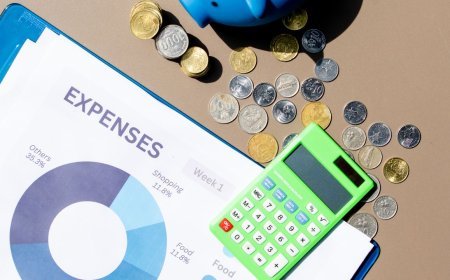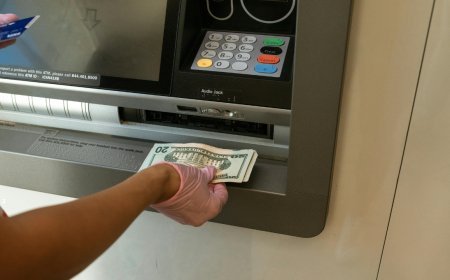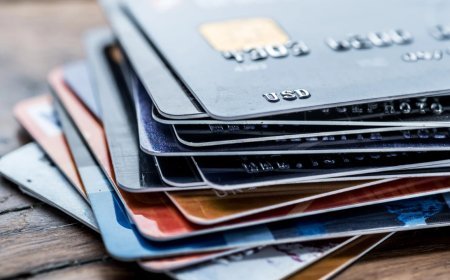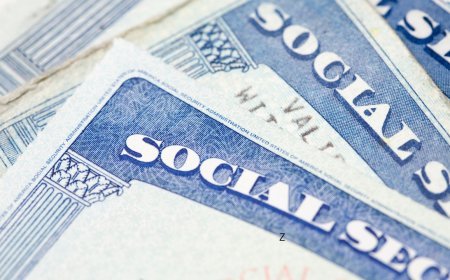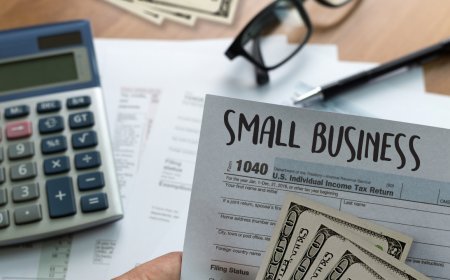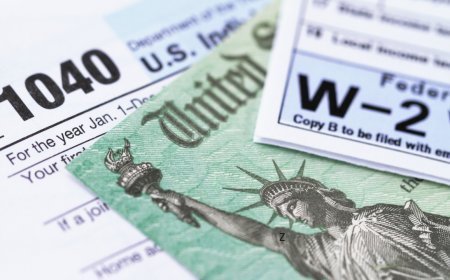The Grocery Store Trick That's Saving Families $200+ Per Month
Learn the strategic grocery shopping method that's helping families dramatically reduce their food costs without sacrificing quality or nutrition.

The average family spends $7,700 annually on groceries, but families using strategic shopping methods are cutting their grocery bills by $200+ monthly without sacrificing nutrition or eating poorly. Here's the system that's working.
The Strategic Shopping System
This isn't about extreme couponing or eating ramen every night. It's a systematic approach that combines meal planning, strategic timing, and smart purchasing decisions to maximize food value while minimizing costs.
The system has four components: strategic meal planning, loss leader shopping, bulk buying optimization, and waste elimination strategies.
Component 1: Reverse Meal Planning
Instead of planning meals then shopping, successful families shop sales first then plan meals around discounted ingredients. This simple flip can save 30-40% on grocery costs.
The process: check store ads and apps for weekly sales, identify proteins, produce, and staples on sale, plan 5-7 meals using sale ingredients, and create a focused shopping list based on planned meals.
This ensures you're always buying ingredients at their lowest prices rather than paying full price for predetermined meals.
Component 2: Loss Leader Strategy
Grocery stores use 'loss leaders' – items sold at or below cost to attract customers. Smart shoppers build their shopping around these deeply discounted items.
Common loss leaders: whole chickens ($0.79-0.99/lb), ground beef on sale, seasonal produce, dairy products near expiration dates, and bread and bakery items in evening hours.
Stock up on loss leaders when prices are lowest, then use them as the foundation for multiple meals throughout the week or month.
Component 3: The 6-Week Cycle
Most grocery stores operate on 6-week sale cycles. Items go on sale, return to regular price, then go on sale again approximately 6 weeks later. Understanding this cycle helps you time purchases for maximum savings.
Strategy: when non-perishable items you use regularly go on sale, buy 6-8 weeks' worth. This ensures you never pay full price for staples like canned goods, pasta, rice, and frozen items.
Component 4: Strategic Store Selection
Different stores excel at different categories: warehouse stores for bulk non-perishables, discount grocers for produce and meat, traditional supermarkets for sales and variety, and ethnic markets for specific ingredients at lower costs.
Successful families often shop 2-3 stores monthly, hitting each for their best deals rather than doing all shopping at one expensive location.
The Batch Cooking Advantage
When you buy proteins in bulk during sales, batch cooking maximizes the value: cook large quantities when you have time, portion and freeze meals for busy weeks, and transform one ingredient into multiple different meals.
Example: a whole chicken on sale can become roasted chicken dinner, chicken soup, chicken salad, and stock for future meals.
Produce Savings Strategies
Produce is often the most expensive grocery category, but smart strategies can cut costs significantly: buy seasonal produce when it's cheapest and most flavorful, choose frozen vegetables for out-of-season items, shop ethnic markets for better produce prices, and buy imperfect produce at discount stores.
Many families save $50-75 monthly just by being strategic about produce purchases.
The Generic Brand Rule
Generic brands can save 20-30% on grocery costs with minimal quality difference. The key is knowing which generics are worth buying: staples like pasta, rice, canned goods, and cleaning supplies are usually identical to name brands, while some items like cereal or snacks may have noticeable differences.
Start by switching staples to generic, then gradually try other categories to find your family's preferences.
Technology Tools That Help
Apps and tools that maximize savings: store apps for digital coupons and personalized deals, Flipp or similar apps to compare prices across stores, cashback apps like Ibotta or Checkout51, and inventory apps to track what you have at home.
The key is using technology to save time and money, not to complicate the shopping process.
Avoiding Common Savings Sabotage
Mistakes that eliminate savings: shopping when hungry (increases impulse purchases), not checking prices per unit (bigger isn't always cheaper), buying sale items you don't need, and not using perishables before they spoil.
The biggest savings killer is food waste – even great deals are expensive if food goes bad before you use it.
The Monthly Savings Breakdown
Families saving $200+ monthly typically see savings from: strategic meal planning around sales ($60-80), loss leader shopping and bulk buying ($50-70), generic brand switching ($30-50), reduced food waste ($20-40), and strategic store selection ($20-30).
The key is implementing multiple strategies consistently rather than relying on just one approach.
This system requires more planning than random grocery shopping, but families who implement it consistently report saving $2,400+ annually while actually eating better food because they're buying higher-quality ingredients when they're on sale.
What's Your Reaction?
 Like
0
Like
0
 Dislike
0
Dislike
0
 Love
0
Love
0
 Funny
0
Funny
0
 Angry
0
Angry
0
 Sad
0
Sad
0
 Wow
0
Wow
0

